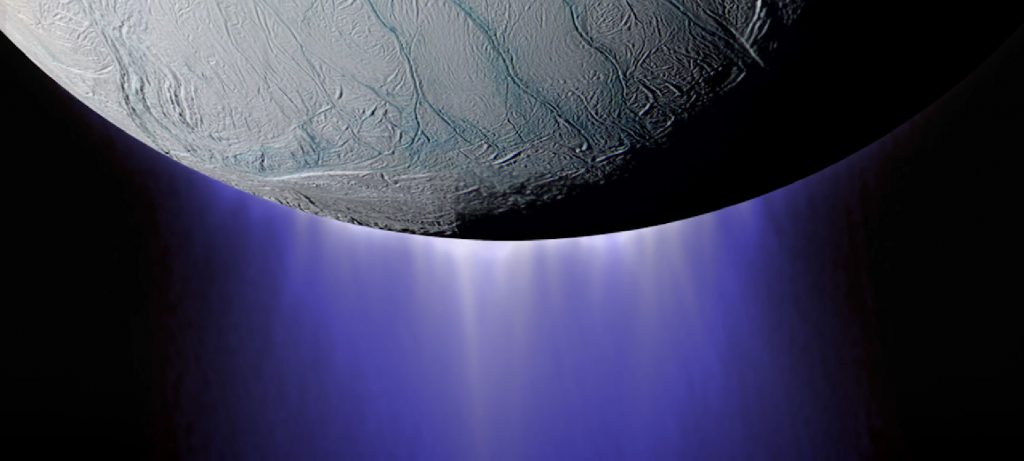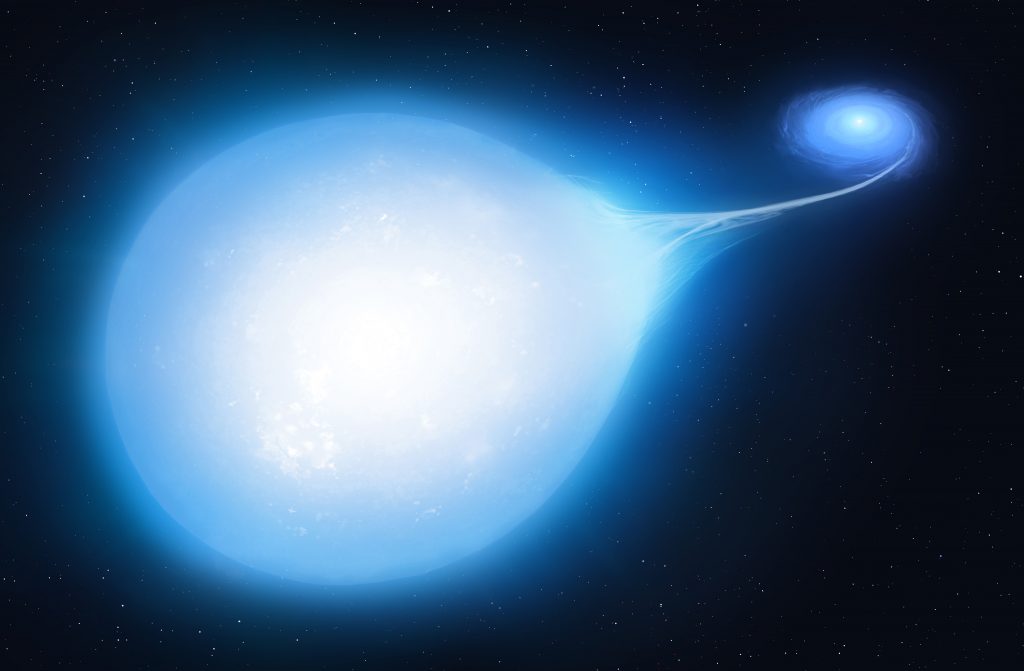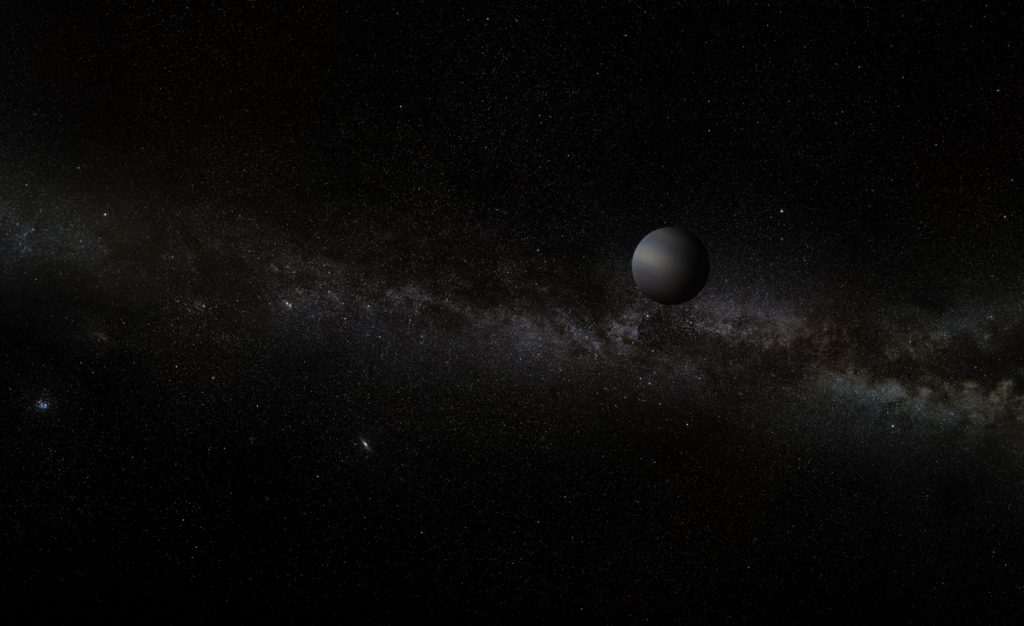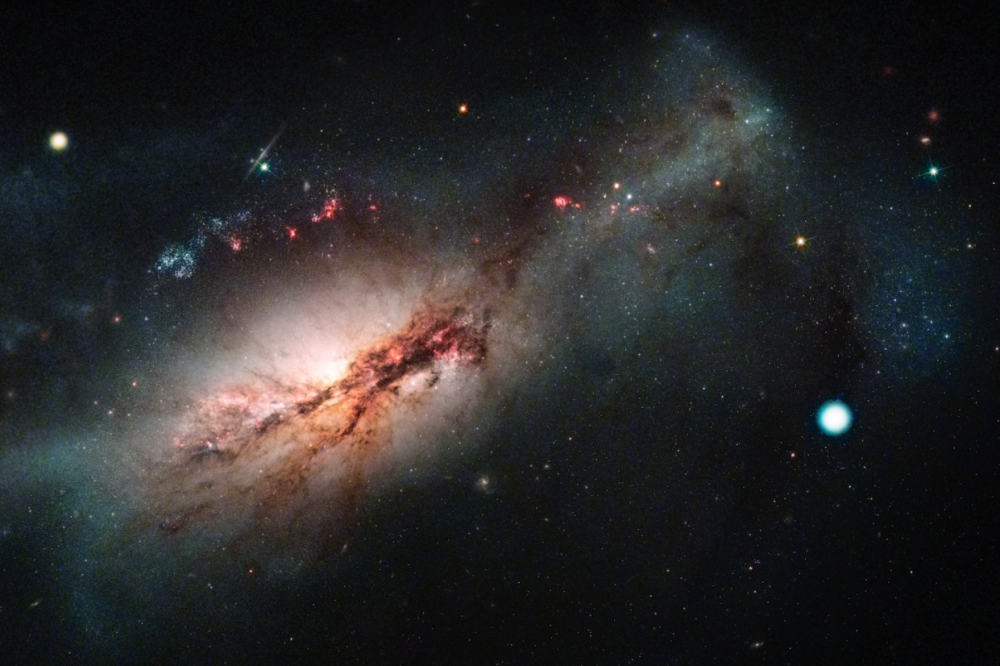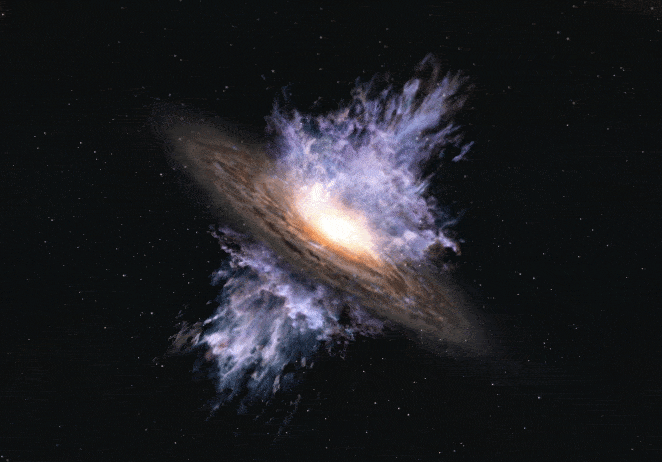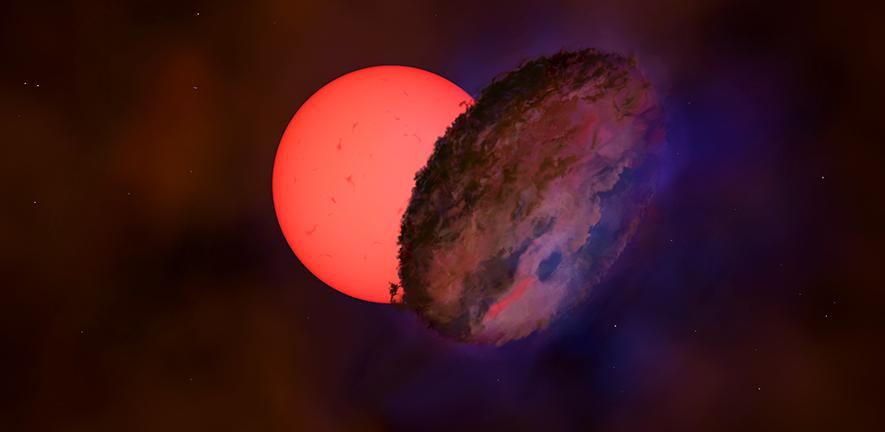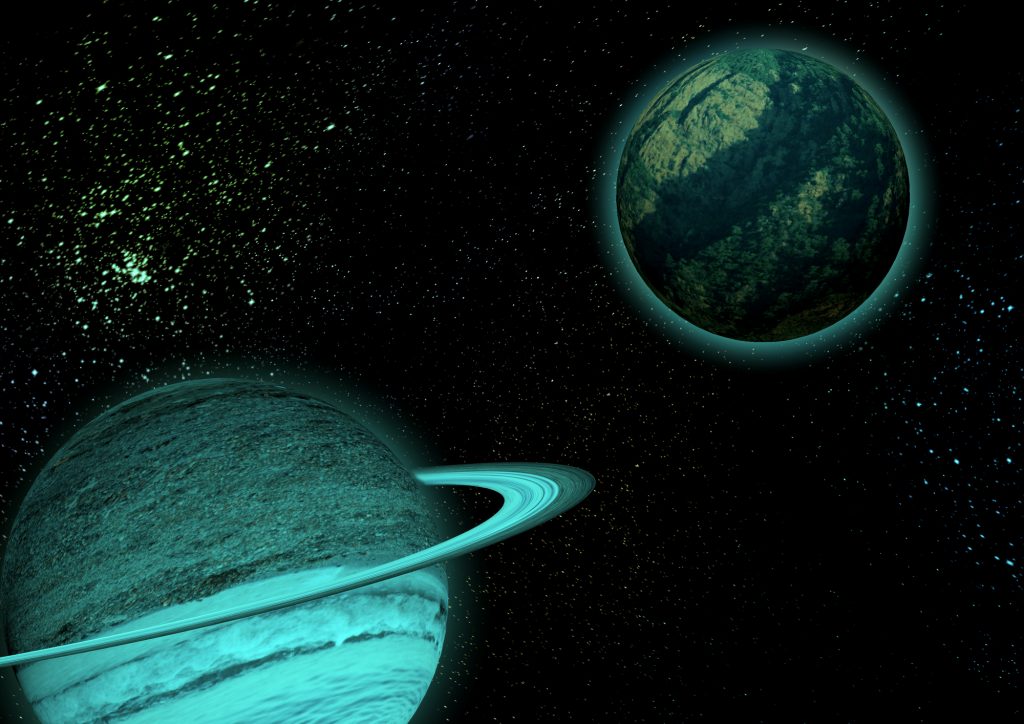Enceladus: Be careful when walking on ice
Anyone landing on Saturn's icy moon Enceladus, for example to explore the ocean at its depth, had better be careful: Ice quakes could be part of everyday life on the surface of the 500-kilometer-diameter moon. Researchers are drawing attention to this in a new study. The culprit is the massive tidal forces caused by Saturn and the planet's other, larger moons - much like the moon on Earth. These tidal movements, on the plus side, warm its interior so that life could possibly arise there. But they also cause the surface to crack, sometimes pushing large geysers of water…
